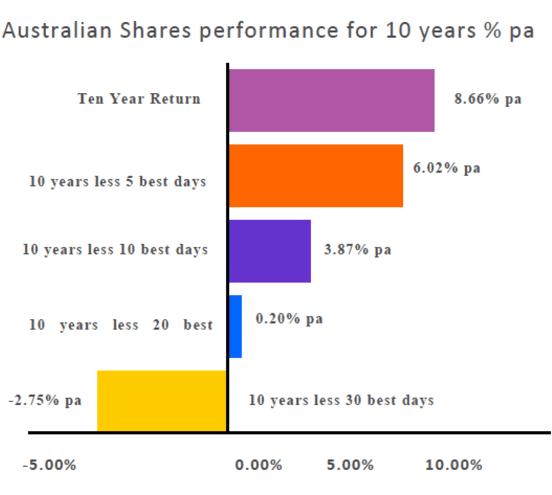At Exelsuper, we work hard to create a bespoke, tailor made investment strategy for each of our clients. Our investment specialists are highly respected for their judicious approach to portfolio construction. Our decisions are backed by a reliable and respected research approach, that must meet the approval of our investment committee before being recommended to our clients. This applies not just to SMSF investment management, as the demand for our expertise has allowed us to offer specialist investment services across all types of Private Client portfolios.
It's important that you see transparently how decisions are made and what philosophy is applied to building Private Client portfolios, so below are some tips and insights to help you get started on your own by demonstrating some of the areas we focus on to help you achieve a better outcome. Feel free to have a free no obligation chat with one of our investment specialists on 1300 558 713.
Most investments fit into one of four main categories or 'asset classes':
These four asset classes can be separated in to two broad groups.
Defensive investments
Cash and fixed interest are generally classified as defensive investments. Defensive investments aim to provide regular income and returns are generally stable. In return for this decreased volatility, defensive investments do not usually grow in capital value and returns are generally lower than growth investments over the medium to long term.
Growth investments
Property and shares are usually classified as growth investments. Growth investments can provide income as well as an increase in capital value.
While returns may fluctuate over the short term, growth investments have the potential to produce higher returns than defensive investments over the medium to long term.
Risk vs Return
All investments provide a certain level of return and are subject to a certain level of risk. This means that as well as making money on your investments, there’s also the chance you could lose money or not make as much as you expected.
All investments carry some risk – due to factors such as inflation, taxation, an economic downturn or a drop in a particular market.
As a general rule, the larger the potential investment return, the higher the investment risk and the longer you need to remain invested to reduce that risk.
The amount of risk involved with an investment can be managed by matching it appropriately with the length of time you have available to invest and your tolerance towards fluctuations in returns.
Diversification
Another way of managing investment risk is through diversification. This is the strategy of investing your money across a range of different investments to reduce risk. The exact mix of investments you choose will depend on:
Diversification is important because every type of investment has its ups and downs. Owning a diverse range of investments should help you achieve smoother, more consistent investment returns.
The more ways you diversify, the more you can reduce your risk. For example, you can invest:
The power of compounding
Compounding is often described as 'earning interest on your interest'. Each time you earn a dividend, distribution or income payment from your investment, you reinvest it to buy more shares. In turn, these reinvested earnings generate additional earnings.
Compounding can make a huge difference to the value of your investment over time. To take full advantage of the effect of compounding, think a bout starting early and leaving your money invested for as long as possible.
Dollar cost averaging
By implementing a regular investment plan you will be able to take advantage of 'dollar cost averaging'. When you invest a set amount at regular intervals, some times you will purchase units or shares at a higher price, and sometimes at a lower price.
Over time, this spreads out your costs and insulates you against changes in the value of the assets you are purchasing.
Think in years, not days
When markets unexpectedly fall in value, some investors are tempted to sell up and buy back in later. Initially this may seem a sensible approach, but on closer examination it can be a risky strategy.
As the chart shows, if you had mistimed movements in the Australian share market and weren’t invested in the 10 best performing days over the 10 – year period to 31 December 2010, your average annual return would have slipped from 8.66 % pa to 3.87 % pa. If you had just missed the best 20 days, your return would have slumped to just 0.2%pa. Missing the best 30 days in that period would have delivered a negative return of minus 2.75%.'
This highlights the risk of moving in and out of the market hoping to take advantage of short – term fluctuations. A less risky strategy would be to focus on your long – term investment goals and consider staying fully invested.

Source: IRESS, Colonial First State. All Ordinaries Accumulation index used. Returns as at 31 December 2010, expressed in per annum terms. Past performance is no indication of future performance.